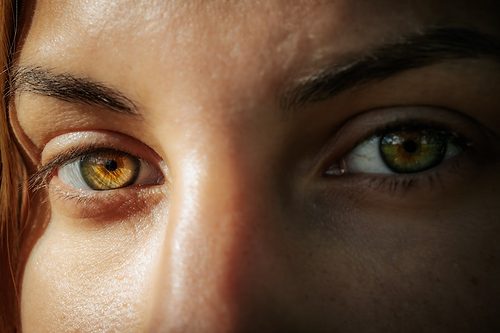General Psychiatry
OMEGA-3 FATTY ACIDS (Fish Oil) Fact Sheet [G]
November 29, 2023
TRICYCLIC ANTIDEPRESSANTS (TCAs) Fact Sheet [G]
November 29, 2023
ESKETAMINE (Spravato) Fact Sheet
November 29, 2023
Nausea
November 29, 2023
MEMANTINE ER/DONEPEZIL (Namzaric) Fact Sheet
November 29, 2023
OLANZAPINE (Lybalvi, Symbyax, Zyprexa) Fact Sheet [G]
November 29, 2023
METHYLPHENIDATE ER (Concerta, Ritalin SR and LA others) Fact Sheet [G]
November 29, 2023
VILOXAZINE XR (Qelbree) Fact Sheet
November 29, 2023
ZIPRASIDONE (Geodon) Fact Sheet [G]
November 29, 2023
MAGNESIUM Fact Sheet [G]
November 29, 2023

_-The-Breakthrough-Antipsychotic-That-Could-Change-Everything.jpg?1729528747)



